
1872年東京 日本橋

1933年東京 日本橋
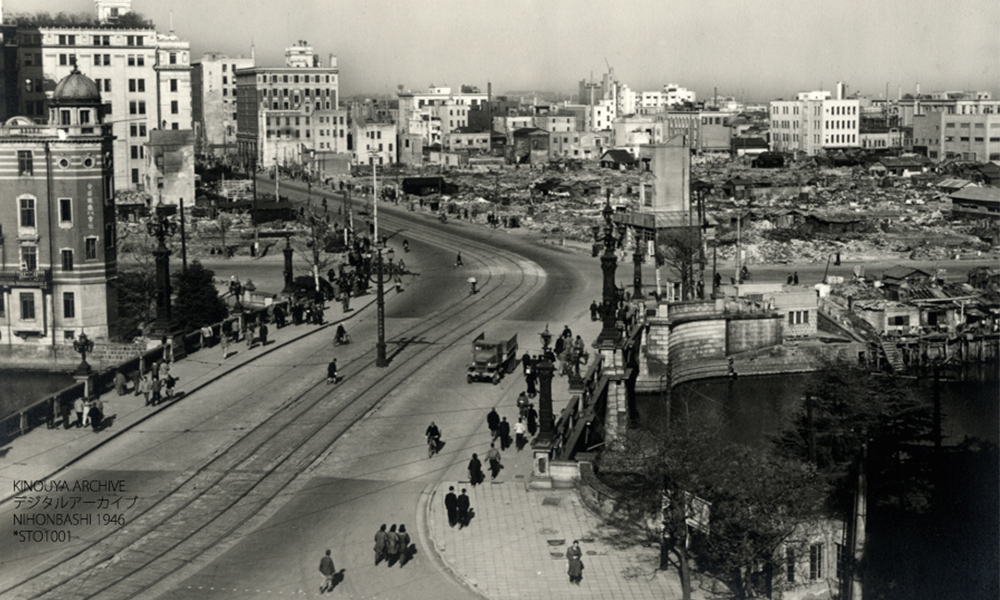
1946年東京 日本橋

2017年東京 日本橋
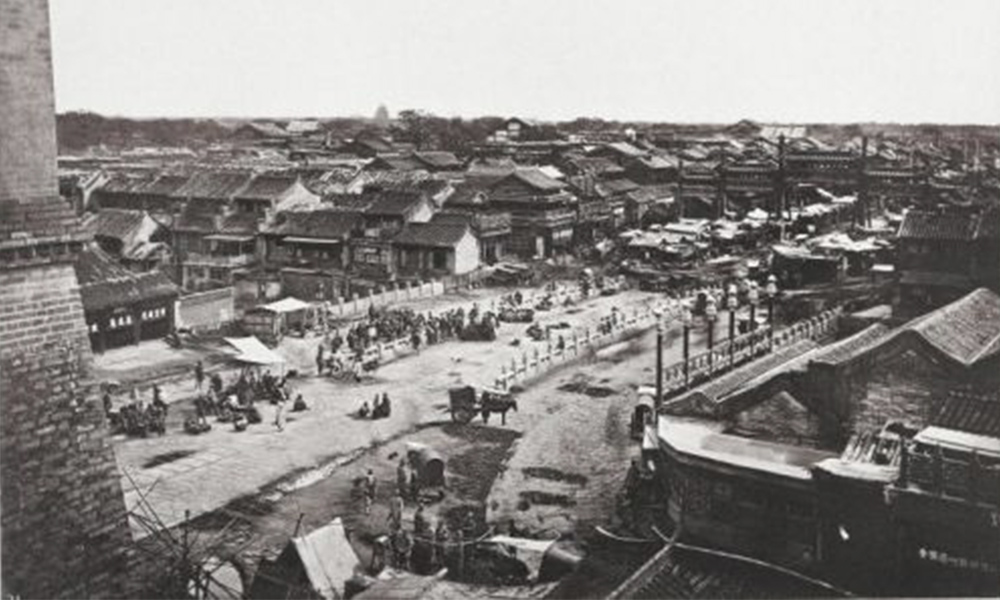
1872年8月〜10月北京 前門

現在北京 前門

1949年前後北京 前門
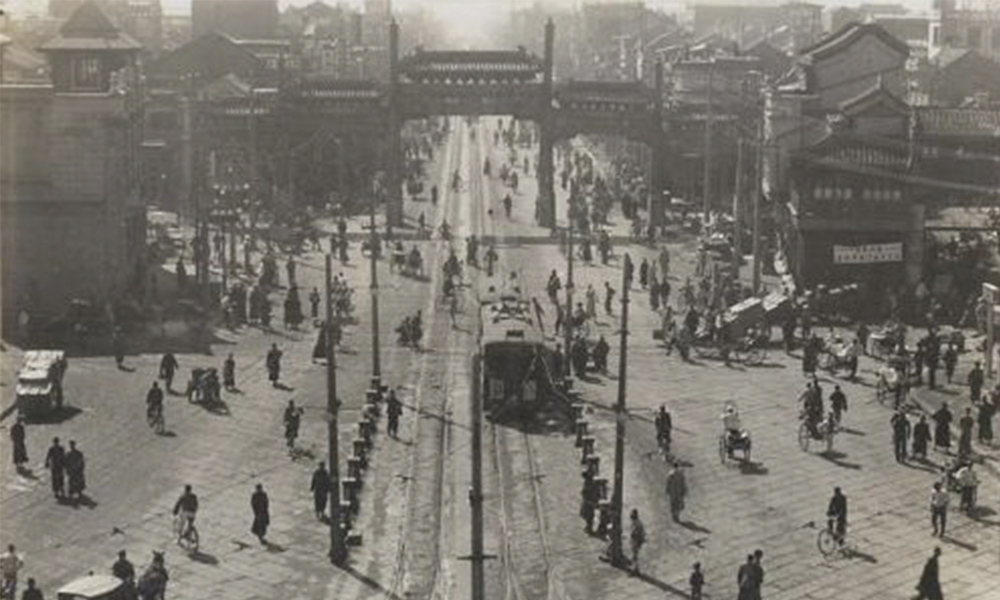
1930年代北京 前門
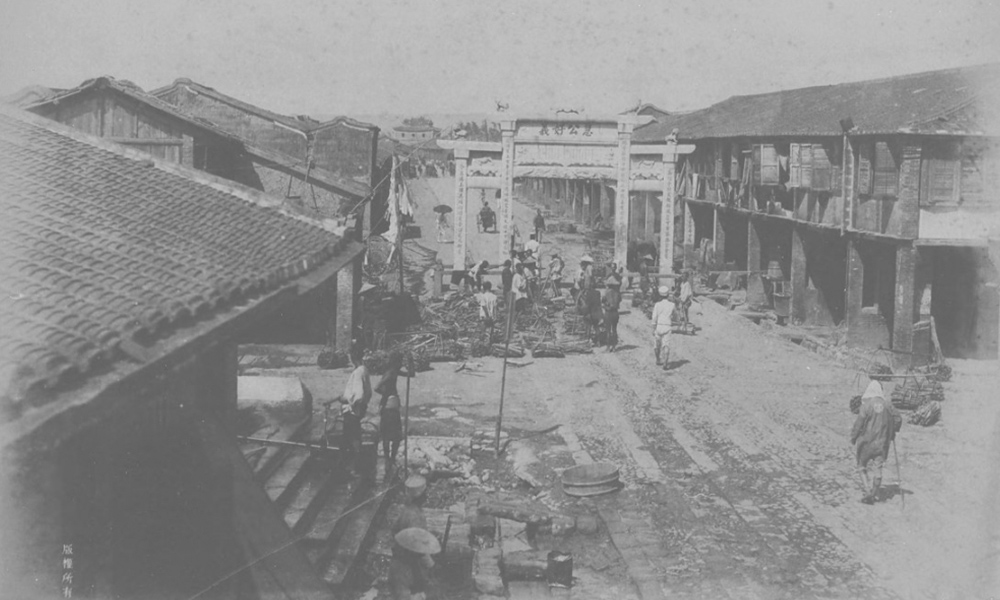
1895年台北 衡陽路

1930年代台北 衡陽路

1960年代台北 衡陽路

現在台北 衡陽路

1904年ソウル 南大門

2006年ソウル 南大門
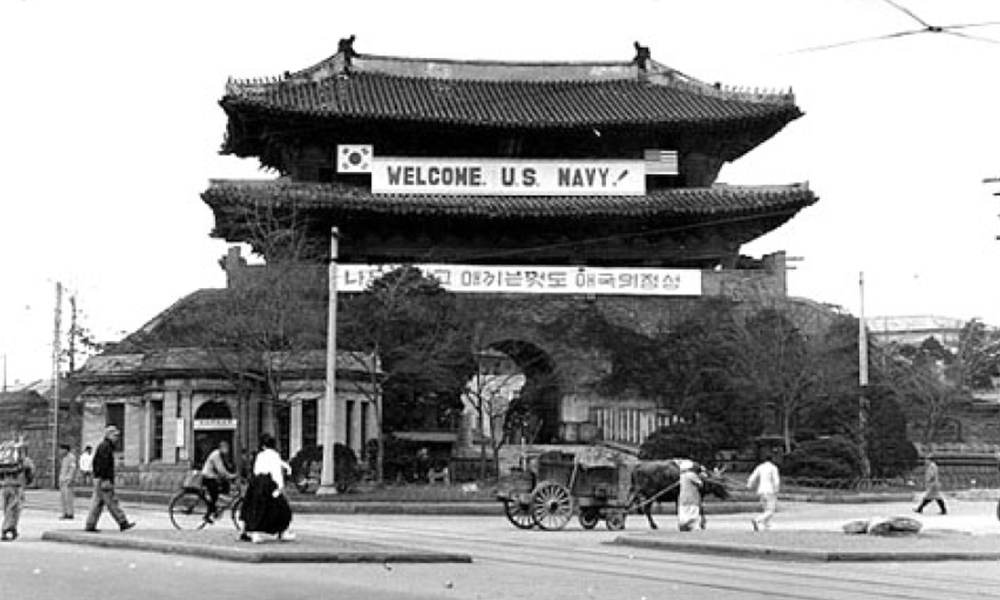
1950年ソウル 南大門
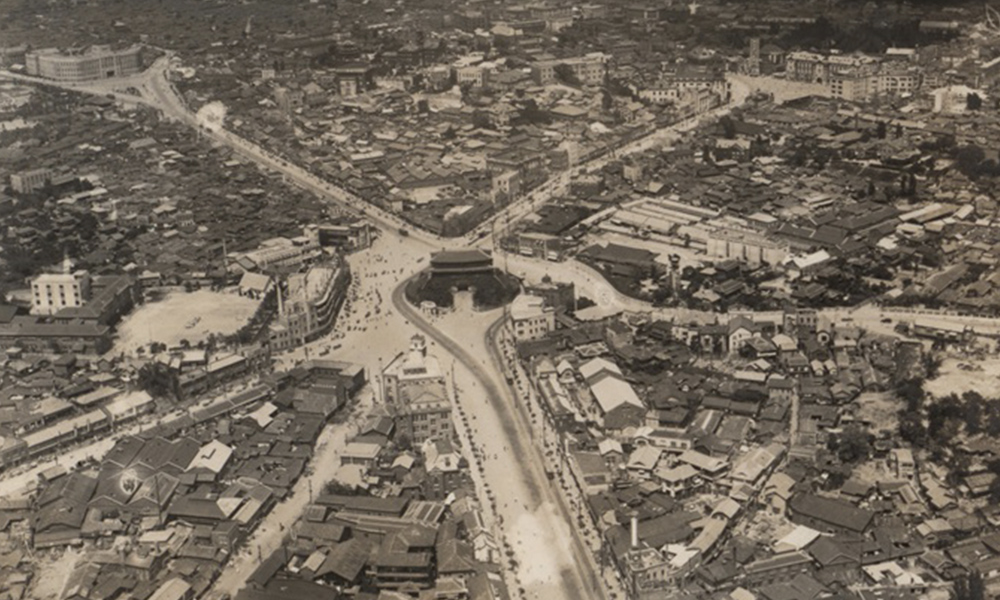
1940年代初ソウル 南大門
The Peace Process in Nepal: Transition to the Federal System and the Reconciliation
● “真相和解委员会”的成立及其相关课题
● 联邦制过渡及其相关课题
● 经济问题与和解的关系:以受害者为中心的视角
前言
尼泊尔经历了长达10年的内战,其和平进程面临着种种课题。经过长期磋商,尼泊尔终于在2015年开始逐步向联邦制过渡,并成立了“真相和解委员会”。然而,两年后的今天,各个领域中仍然存在着诸多困难。本文拟对尼泊尔和平进程中联邦制度与和解的可能性做一探讨。
真相和解委员会的成立与向联邦制的过渡
1996年,尼泊尔共产党毛主义中心派(通称“毛派”)发动了长达10年的内战,这场内战的背景,在于低种姓阶层长期以来对于社会排斥与不平等待遇积蓄了强烈的不满,他们希望通过民族自决权及争取自治权,消除社会与经济的不平等(Lawoti2012:136;Pasipanodya2008:378)。2006年,尼泊尔内战终于结束。伴之签署的和平条约,不仅提出要实现和解与转型期正义,还提出要在政治、社会和经济方面进行变革。特别是“真相和解委员会”的成立,对于饱受内战之苦的尼泊尔社会各族群之间走向和解将产生何等重大作用,人们翘首以待。与此同时,2007年制定的临时宪法,对于长期以来矛盾冲突激烈的不同身份认同之争,也给出了一个答案,即决定向基于族群身份认同的联邦制过渡(Lawoti2012:149)。然而,正如Buchanan所指出的,对于自治权的追求同时也潜藏着可能威胁到国家主权的矛盾(Buchanan1995:587)。人们对民主化寄予巨大希望的同时,围绕着联邦制的讨论不断升温,爆发了多次游行,引起社会的不安,导致种姓与族群之间敌意的进一步加剧。尼泊尔共产党团结中心派(CPN-UML)领袖PradipNepal警告说,基于族群认同的联邦制甚至可能再次引发内战(Pandey2010)。而且,尼泊尔这种脆弱的政治形势,妨害了尼泊尔的发展,给经济带来直接的恶劣影响。议论纷纭,终无定论,直至2015年9月20日,尼泊尔才终于发布了新宪法,国家的架构转变为由7个省组成的联邦制。然而,新宪法发布后至今两年时间过去了,各种问题依然堆积如山(PayneandBasnyat2017)。在新的联邦制中,政治权力等级由上而下分为3层,分别为联邦级,省级与地方级(TheHimalayanTimes:2015)。各级政权拥有相应的自治权和国家预算使用权。然而,预算分配依旧存在着问题。由于法制制度尚未完善,预算分配不能有效进行。很多人仍然希望沿用旧政权以尼泊尔首都加德满都为政治核心的权力分配制度。一些人批判说,这种情况导致向地方转移权力的进程受到了阻碍(PayneandBasnyat2017)。另一方面,许多人则再次忧心忡忡地提出,在这种情况下,坚持向联邦制过渡可能会使社会更加动荡不安,从而阻碍尼泊尔国家政权的统一(Deo2016)。
和解进程的发展
尼泊尔国内存在着诸多身份认同的族群。在尼泊尔尚未完成统一的1769年以前,该区域存在着22到24个独立王国或公国,至今仍然存在着多达92种方言,103种以上的世袭阶层与族群(Pandey2010:40)。虽然种姓制度在1963年被正式废除,但是,种姓制度和被称作“嘉德”的族群身份划分制度,至今仍深深影响着尼泊尔社会的方方面面。巴芬与切特里等高种姓阶层仍然享受着优待,而低种姓阶层则受到社会压迫并深陷贫困之中,上述社会结构尚未从根本上发生动摇。
如前所述,内战结束后,在政治、社会动荡不安的情况下,部分言论促使不同种姓与族群间的敌意进一步加深,而和解进程却迟迟未能取得进展。Kriesberg和Rigby认为,“和解”是人民从被压迫的关系中走向共存的过程(Kriesberg2001:48;Rigby2010:234),而存在着众多不同身份认同间矛盾冲突的尼泊尔,人们对于“和解”有着强烈的的期盼。但是,被寄予众望的“真相和解委员会”却迟迟方才得以成立,而委员会的能力也极为有限,目前记录在案的问题已经超过6000件,如何满足众多的需求,将是该委员会所面临的艰巨考验(Rausch2017)。
经济问题与和解——“以受害者为中心”的视角
另一方面,目前的和平进程,主要以政治精英和法律主义为主导,因缺乏“以受害者为中心”的视角而备受批评(Robins2009;2011;2012)。尼泊尔是亚洲最贫穷的国家之一,根据尼泊尔外交部网站的数据,2016-2017年尼泊尔的人均国内生产总值(GDP)约为848美元,被列为最不发达的国家(LLDC)之一。Pandey指出,“尼泊尔最主要的问题是贫穷,其次才是社会的排斥问题”(Pandey2010:50)。到目前为止,向联邦制过渡的进程中最大的课题是预算分配的问题,可见很多尼泊尔人最为关心的仍是经济问题。有学者指出,内战的主要激战地区深受贫困之苦,因此,与国际社会比较容易关注的侵害人权的问题相比,许多受害者认为当务之急是尽快满足经济需求以渡过目前日常生活上的难关(Robins2011:98)。但是,如前所述,内战结束后持续升温的“身份认同之间的矛盾与冲突”导致政治混乱,使得经济局势迟迟难以改善,甚至进一步走向恶化(Bhatta2012:3)。
联合国开发计划署(UNDP)和世界银行等许多国际援助机关警告认为,尼泊尔根深蒂固的不平等状态对其经济开发过程产生着重大的影响。Mani指出,在和平进程中,必须同时考虑到经济和社会问题(Mani2008:264)。Bhatta指出,政治混乱导致国家管理体系脆弱,削弱了国家开发的潜力,并进而导致国外投资下降,使得经济活动进一步减少(Bhatta2012:3)。
结语
尼泊尔内战结束后已经十年过去了。在此期间,不同身份认同之间的矛盾与冲突呈现极度政治化趋势之下,和解问题的进展情况不尽人意。甚至有人担忧,向联邦制过渡会加剧不同身份认同之间的矛盾。与此同时,人们担心,大多数尼泊尔民众(特别是低种姓阶层)所关心的经济不平等问题未被纠正,会给脆弱的国家管理体系带来了极大的负面影响,这种漫长的和平进程和未被满足的民众需求将助长人们心中的不满情绪,进而放大了不同身份认同之间的矛盾与冲突。因此,如果以“受害者为中心”的角度进行思考,就必须尽快建立联邦制与和解制度,从而推动和平进程,通过实现治理能力的改善,寻找不同身份认同群体之间的共存之路,以避免国家的统一进一步受到削弱。
(翻译:董爱歌、黄斌)
参考文献
Bhatta, Chandra D. 2012. International Policy Analysis: Reflections on Nepal’s Peace Process. Friedrich-Ebert-Stiftung. Accessed 21 April 2015. Available at http://library.fes.de/pdf-files/iez/08936-20120228.pdf
Buchanan, Allen. 1995. ‘Secession and Nationalism’ in Companion to Contemporary Political Philosophy. Oxford: Blackwell. 586-96.
Deo, Shambhu. 2016. ‘Identity-based federalism: Decentralisation is a better option’: The Himalayan Times. Accessed 3rd December 2017. Available at https://thehimalayantimes.com/opinion/identity-based-federalism-decentralisation-better-option/
Ministry of Foreign Affairs of Japan, The Basic Data: Federal Democratic Republic of Nepal. Available at https://www.mofa.go.jp/region/asia-paci/nepal/data.html
Kriesberg, Lewis. 2001. ‘Changing forms of coexistence’. In Reconciliation, Justice, and Coexistence: Theory and Practice, ed. M. Abu-Nimer. Lanham, Md: Lexington Books.
Lawoti, Mahendra. 2012. ‘Ethnic Politics and the Building of an Inclusive State’, in von Einsiedel S., D. M. Malone and S. Pradhan, eds. Nepal in Transition: From People’s War to Fragile Peace, Cambridge University Press.
Mani, Rama. 2008. ‘Editorial: Dilemmas of Expanding Transitional Justice, or Forging the Nexus between Transitional Justice and Development’. In The International Journal of Transitional Justice Vol. 2: 253-265.
Pandey, Nishchal Nath. 2010. New Nepal: The Fault Lines.: SAGE India.
Pasipanodya, Tafadzwa. 2008. ‘A Deeper Justice: Economic and Social Justice as Transitional Justice in Nepal’. The International Journal of Transitional Justice Vol. 2: 378–397.
Payne, Iain and Basnyat, Binayak. 2017. ‘In Asia – Federal Provisions of Nepal’s Constitution in Jeopardy’: The Asia Foundation. Accessed 3rd December 2017. Available at https://asiafoundation.org/2017/07/26/federal-provisions-nepals-constitution-jeopardy/
Rausch, Colette. 2017. ‘Reconciliation and Transitional Justice in Nepal: A Slow Path’, August 2, 2017, The United States Institute of Peace, Accessed 24th November 2017. Available at https://www.usip.org/publications/2017/08/reconciliation-and-transitional-justice-nepal-slow-path
Rigby, Andrew. 2010. ‘How do post-conflict societies deal with a traumatic past and promote national unity and reconciliation?’ in Peace and Conflict Studies: A Reader, eds. C. P. Weber and J. Johansen. Abingdon: Routledge.
Robins, Simon. 2009. ‘Whose voices? Understanding victims’ needs in transition. Nepali Voices: Perceptions of Truth, Justice, Reconciliation, Reparations and the Transition in Nepal. By the International Centre for Transitional Justice and the Advocacy Forum, March 2008’. Journal of Human Rights Practice 06/2009, Volume 1, Issue 2: 320-331.
Robins, Simon. 2011. ‘Towards Victim-Centred Transitional Justice: Understanding the Needs of Families of the Disappeared in Postconflict Nepal’. The International Journal of Transitional Justice Vol. 5: 75–98.
Robins, Simon. 2012. ‘Transitional Justice as an Elite Discourse: Human Rights Practice: Where the Global Meets the Local in Post-conflict Nepal’. Critical Asian Studies 44-1: 3-30.
The Himalayan Times. 2015. ‘Nepal embarks on journey towards federal destiny’ Accessed 21st December 2017. Available at https://thehimalayantimes.com/nepal/nepal-embarks-on-journey-towards-federal-destiny/
Truth and Reconciliation Commission, Nepal. Accessed 21st December 2017. Available at http://www.trc.gov.np/
[1] The function and duty of the Truth and Reconciliation Commission are as followings:
(Website of the Truth and Reconciliation Commission: http://www.trc.gov.np/about-us)
Provide the victims with identity card as prescribed and also provide them with information after completion of investigation.